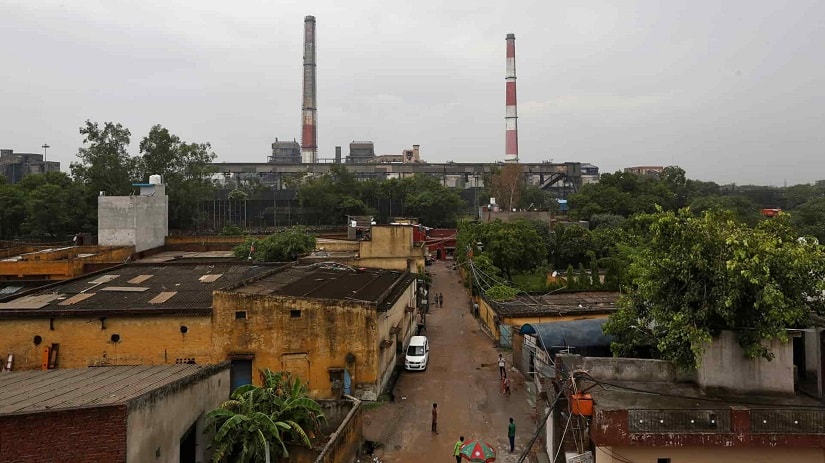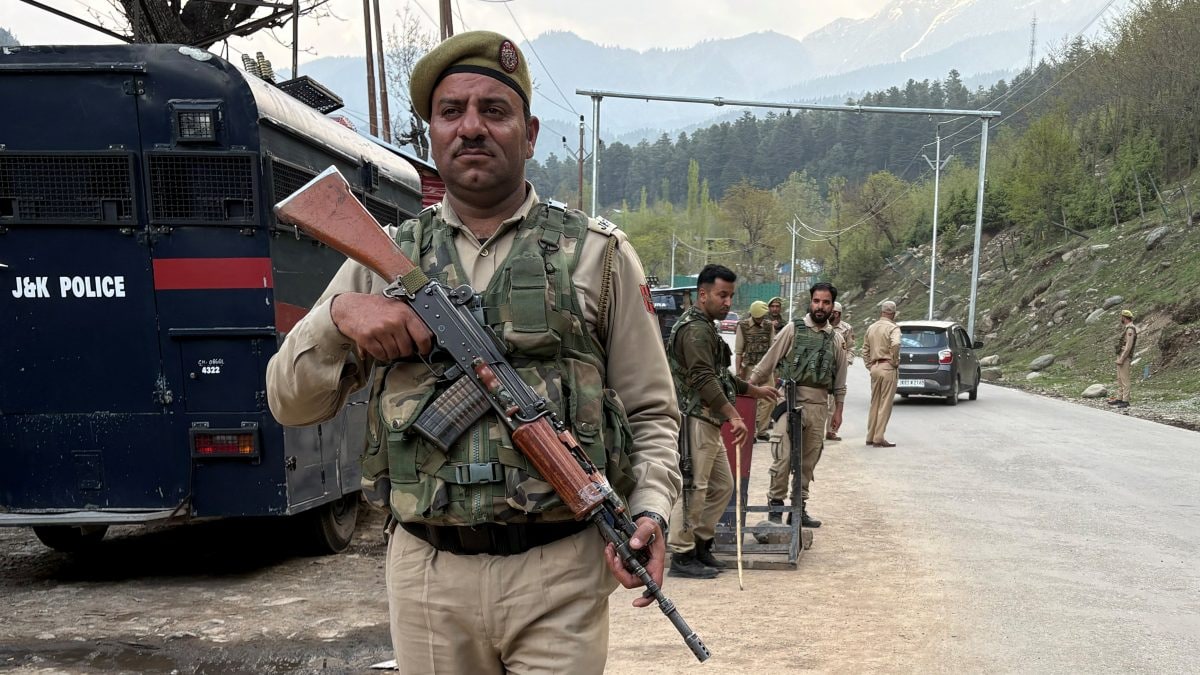This is the second in a two-part series. Read part I here.
***
Politics, or India’s democratic case for coal
Coal via the largesse that coal mining creates for special interests is a (black) golden goose. Moreover, the job-providing potential of Coal India, with over 300,000 employees, is a big and a very different deal from renewable energy job potential as far as the political economy is concerned. Consider this, a campaign promise can be “I will give you xx jobs in this district, if I win”. Now the winning candidate can call up the Coal India management and demand xx jobs are given in the said district. The dynamics of renewable energy jobs are different – they are dispersed, and often not steady jobs. Thus, the 432,000 jobs in the Indian renewable sector do not quite translate to as desirable a political resource as coal jobs.
But the real nub of the problem lies elsewhere. On paper, growing, developing India desperately needs power, and more electricity supply. But because so many do not pay for the power they consume, State Electricity Board (SEB)s lose money for every unit of power they sell. So real, hungry demand – the kind that pays ready cash – from the major buyers of power, the SEBs, is not forthcoming.
To address this issue, the Central Government brought the Uday Scheme in 2015, where in exchange for some financial breathing space (i.e., the state governments would issue bonds to fund the losses of the SEBs), the SEBs would tighten up their governance act, notably by stemming AT&C (Aggregate Technical and Commercial) losses, and by reducing the gap between the cost of procuring a unit of electricity and the revenue from distributing (and selling) that unit of electricity. But the reformers underestimated just how deep the rot went. While bonds have been issued, the disappointing progress of several key state governments shows the disinterest in both the citizens and the governments in decent electrical governance. At some level, many voting Indians neither pay tax nor pay for their electricity, which means the financial repercussions of poor electrical governance do not immediately resonate with them.
The poor payment culture has other ramifications: solar-powered DC microgrids are a cost-effective and clean way of providing power to the last mile in rural India. But many entrepreneurs are wary of payment risks in supplying power to a citizenry that is unused to paying its electricity and used to “dues” being waived prior to elections.
Impact Shorts
More ShortsDemand less than expected
There is another, more structural reason for lower demand: the falling energy intensity of GDP (See Figure 5).
.jpg)One reason for this is that as India has developed, it has not developed quite like its planners expected. The economy has tilted more towards services than manufacturing, often consuming less energy. The other reason is the key role has been played by technology to provide the same value using less energy. A shining example of this is the 326 million LED bulbs distributed under UJALA, which helped save about 8GW of peak demand (or 5 percent of peak avoided). If India continues down the path of energy efficiency (especially in air-conditioning), the energy intensity of its GDP is expected to fall further.
India is already rethinking its need for future coal plants, which is manifesting itself in massive planned plant cancellations, as seen from the Global Coal Plant Tracker Database. The Draft National Electricity Plan in December 2016 has said:
“The study result for the period 2017-22 indicated that no coal based capacity addition is required.”
However, given plants already under construction, this is likely to exert a downward pressure on PLFs of operating plants. Not good.
The financially chilling part of the report is table 5.8, which details PLF of thermal plants under different scenarios of renewable energy adoption.
Case (a) If India adds 115 GW of renewable capacity (wind/solar) between 2017-2022, the plant load factors would fall to 47 percent. Additions have been slower than that, but may accelerate as solar prices fall, as they are expected to do. The (financial) stress would really hit the roof/ break the bank then.
Case (b) Even if India only reached 125 GW of renewable capacity by 2022, i.e., about 13 GW per year between 2017-2022, thermal plant load factors would still fall to 52 percent.
The economic argument — both in the falling costs of an imperfect substitute, and in the increasing competition — works against coal.
Coal’s viability is a fight with Economics and Climate ranged on one side vs Democratic realities and Financial stability on the another.
What can/should be done?
Something’s got to give. Either demand for thermal power must shoot up (unlikely for the reasons outlined above), pricing for thermal power must increase, or thermal power supply has to fall.
Rationalise Supply
Let us deal with supply falling first. One way is for India to think of burning coal differently.
To prioritise what capacity can be taken offline, let us weigh options using four criteria (I want to emphasise the order does not signify relative importance) — water needs, financial efficiency, pollution impact, and greenhouse emissions impact.
Option 1: Age — Older (and smaller) plants tend to be less efficient in converting coal to electricity, and thus score poorly in all the criteria. For the same amount of water used, there will be less electricity produced. For the same cost of coal burnt and the same amount of fixed expenses, there will be less revenue generated – a financially and emissions-poor outcome. Older plants tend to be more polluting. India has a lot of those. As per the IEEFA report, 40 GW of thermal capacity was commissioned prior to 1993. The only issue is political optics – taking a profitable-but-polluting public sector plant with coal linkages and power purchase agreements in place offline to benefit a private party stinks to high holy heaven of crony capitalism. One potential workaround is a JV so that benefits are more equally and transparently shared.
Option 2: Location — A 2018 report by WRI states 40 percent of India’s thermal plants are situated in highly water stressed regions. This means they are prone to shutdowns, because there is simply not enough water to go around – especially in times of drought. Shockingly, the report states: “These plants have, on average, a 21 percent lower utilisation rate than their counterparts located in low or medium water-stress regions — lack of water simply prevents them from running at full capacity.” As the climate warms, many dry regions are projected to become drier still, intensifying this particular problem. And as these shutdowns become more frequent, not just the plant load factor but the efficiency of the plants also falls further.
Another aspect of location are thermal plants located near population centres. Plants located in highly population dense locations score poorly on the pollution impact and water scarcity/sharing issues.
Option3: Not yet online and older technology — Any upcoming plant with older subcritical technology which is yet to begin construction. Given that retrofitting is more expensive than design, these plants will fail to emission standards even before they are built. Why throw good money at them, when the sector is already stressed?
A flat Rs 400/tonne cess does not truly reflect the emission impact for coal – aligning it with how it is burnt – i.e., a cess more reflective of the efficiency with which coal is used, may be a more effective approach.
Rationalise Demand
This begins with more meaningful pricing.
One option, as the Economic Survey has suggested, is to load up the stranded asset cost onto the social cost of renewables. The other option, and one I like, is to adopt hourly pricing for electricity. This already exists in some forums, such as IEX, but needs to become far more widespread. The elegance of this option starts with the fact that India’s power consumption is not constant over the day or over the year (See Figure 6).
Indeed, we see peak demand at night around 8-9 pm. At some level, equating solar power with thermal power is a false equivalence, because of the timing and temporality of supply. Hourly pricing, rather than a flat rate, will help accentuate that difference (and hopefully incentivise solving the storage piece of solar). Indeed, by paying a flat rate for thermal power, we are levying a temporal tax on thermal power (because solar/wind has to be evacuated preferentially).
One last point on pricing and subsidies: India’s forests and her water are her most powerful weapons and shields against a warmer climate. Both of those are unpriced in this current debate on coal. That cannot continue.
The second aspect of rationalising demand is for all consumers to pay for the power they consume. Some of the populist exemptions, such as free agricultural power, are often plain regressive, where the more powerful hide behind the fig leaf of the economically vulnerable. While studying tank ecosystems around Madurai, we found for instance borewells are almost always owned by the larger, politically-well-connected farmers. Thus, free agricultural electricity allows them to extract a common resource such as groundwater cheaply and preferentially. Pricing electricity for farmers is not political suicide: incumbent governments have won after doing so, for example in Madhya Pradesh. Doing so may well reduce the energy intensity of India’s GDP even more.
Moreover, replacing subsidies and farm waivers with a Universal Basic Income works politically well with the reality that the voter’s time frame is too short and his life too uncertain to care about longer term issues. Let’s not hide behind the poor; eliminating subsidies maybe the key catalyst in marrying climate sustainability with financial sustainability.
The writer is the founder of the Sundaram Climate Institute, cleantech angel investor and author of The Climate Solution — India’s Climate Crisis and What We Can Do About It published by Hachette. Follow her work on her website; on Twitter; or write to her at cc@climaction.net.


)

)
)
)
)
)
)
)
)



